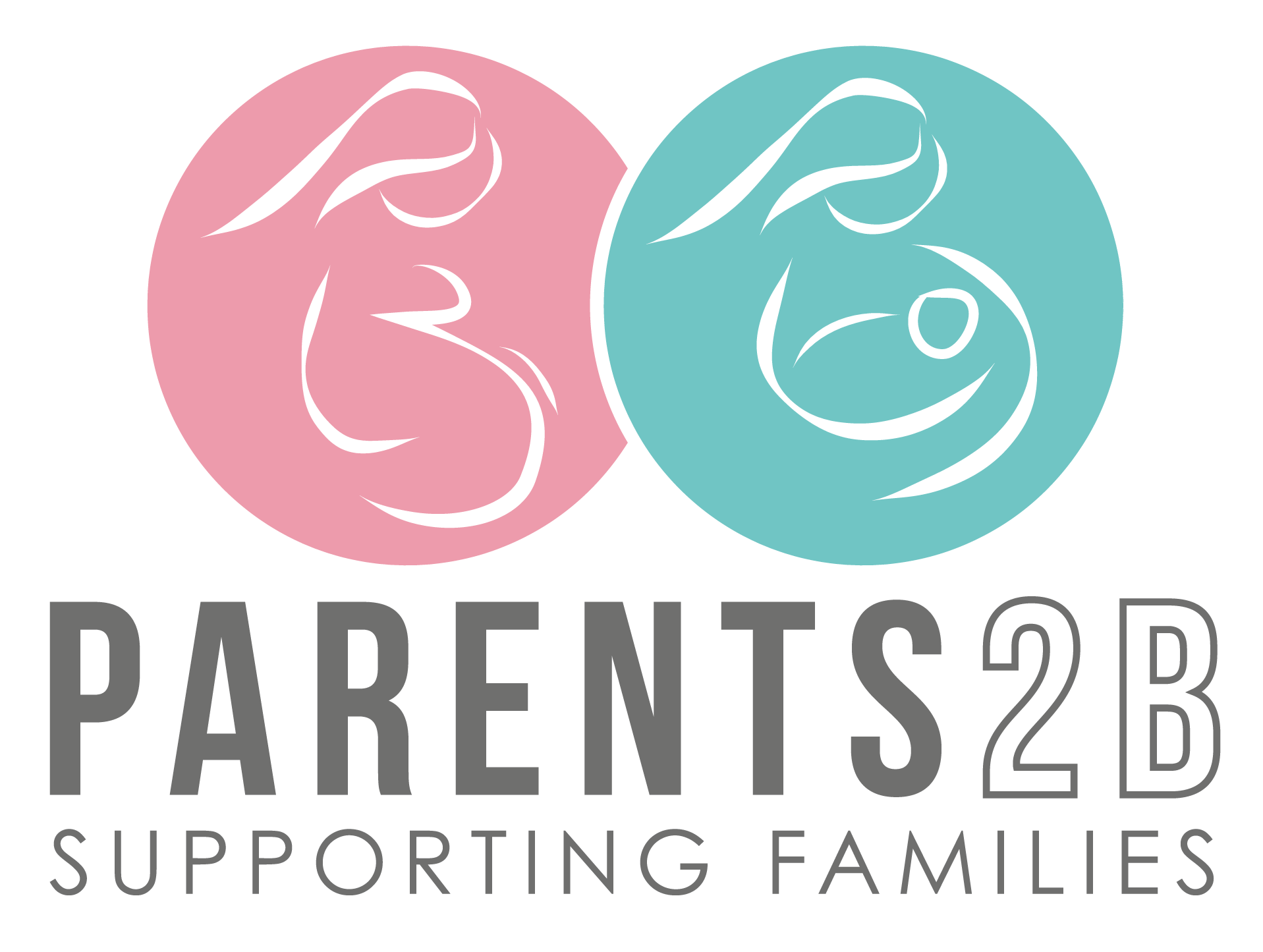
The First 24 Hours Of Your Baby’s Life – What to Expect!
It can not be stressed enough that the 1st hour of your baby’s life is so important. Please don’t spend it texting and phoning everyone informing them of his or her arrival …… Spend this magical time bonding with your precious new baby.
Skin to skin contact is important not only for bonding, but for the initiation of breastfeeding. If mum is unable to initiate skin to skin contact there is no reason why dad can’t. Most babies are very alert after their birth (this is obviously dependent on the birth experience) and during the first few hours. It is common that your baby will intently gaze at you and will even attempt its first breastfeed. Your baby will react to noise and the sound of your voice. All of your baby’s senses are working – helping them adapt to their new environment and bond with you.
After this initial wakefulness your baby will then be quite sleepy for the next 1-2 days. The birthing process is hard work!
Don’t be surprised if your baby doesn’t look as perfect as you had dreamed after birth. As I said, birth is hard work and it can be a tight fit getting through the pelvis. It may take a few days for your baby’s head to return to a normal shape. Your baby’s head moulds through the pelvis to help it fit and therefore after birth it may appear elongated and misshapen. Some people would describe this as a ‘cone head’.
If your baby has had a vacuum extraction, forceps or a quick delivery, it may have some bruising or swelling of the face and/or its head. This is all normal; it is of no concern and will eventually disappear. You will be able to feel the two fontanels (soft spots) on your baby’s head. These are caused from the separation of your newborn’s skull bones to assist them get through (mould) the pelvis during the birthing process. The larger one, located toward the front of the head, is diamond-shaped. A smaller, triangle-shaped fontanel is found at the back on the head.
Don’t be alarmed if you see the fontanels bulge out when your baby cries. It is also normal to see the front fontanel move up and down in time of your baby’s heartbeat. The fontanels will eventually disappear as the skull bones close together — usually in about 12 to 18 months for the front fontanel and in about 6 months for the one in back. Don’t be afraid to touch them …. You can not cause any harm.
If your baby was born early he or she might be covered in a greasy white substance called vernix. Vernix protects your baby’s skin during the pregnancy as they are immersed for nine months in the liquor (amniotic fluid). The vernix will slowly be absorbed into the skin – there is no need to try and remove it. Your baby may also be wrinkly. If your baby is overdue it is common that its skin maybe dry and peeling. All of this will soon settle after the birth.
It is unknown why some baby’s have birth marks and others do not. Birthmarks are very common – most babies have a mark of some sort at birth. The most common birth mark is what is commonly known as a ‘stork bite’. They are pink, flat and irregular shaped marks and can be found on the back of your baby’s neck, eyelids, forehead and, sometimes, on the top lip.
Most babies are blue immediately after birth and once they have taken their first breath – very quickly start to pink in colour (oxygenation their body). It is normal for your baby’s hands and feet to be blue for the first 24 – 48 hours. It is also normal for your baby’s hands and feet to feel a little cold in the first few days. Remember their little bodies need time to adjust to their new environment. They have been immersed in a temperature controlled fluid for the past 9 months. It is therefore recommended that you delay the first bath for at least the first 24 hours.
Many babies are born with no hair at all ….. Others are born with lots! They can also have lot of hair all over their body which will fall out over the next few days.
It is not unusual for newborns to come out with temporarily folded or otherwise misshapen ears from the distorted position they can find themselves in the uterus. Your baby’s ears haven’t yet developed the thick cartilage that gives them the firm shape for later in life. Your baby’s fingernails will be long and paper thin.
Some babies have little white lumps in their mouths – they are not teeth. “Epstein Pearls’ are normal and will go away as your baby grows.
Most babies are born with blue eyes, although they may change colour over the next 2-3 months. True eye colour will become evident between 6 and 12 months.
Baby’s are born with automatic reflexes. If you put something in their mouths they will suck it (sucking reflex), they will grasp their hands if something is put into it (grasp reflex) and will startle – throw their hands and head back (startle reflex). These are all normal reflexes and expected in new babies.
It is also very common that your baby’s genitals may be enlarged and swollen at birth. This is due to the hormones your body produces before the birth. Some babies, even boys have enlarged breasts. Some baby girls may even spot from the vagina. Over time, as these excess hormones are excreted from your baby’s body naturally– their genitals will normalise.
Many parents are concerned over the look and care of the umbilical cord. Don’t stress. The cord is clamped and cut at delivery and the stump is allowed to drop off on its own – usually 10 days after going home. No special care is required. It is just important to keep the cord clean and dry.
Sneezing is also common reflex in newborns. It is not due to an infection, allergies, or other problems so don’t worry.
Remember ….. Your baby’s appearance will change dramatically over the next few days and even weeks as they grow. If you are concerned about anything – talk to your midwife – they are there to answer all of your questions.
* The information contained in this website is for general information purposes only. The information is provided by Parents2b and while we endeavour to keep the information up to date and correct, we make no representations or warranties of any kind, express or implied, about the completeness, accuracy, reliability, suitability or availability with respect to the website or the information, products, services, or related graphics contained on the website for any purpose. Any reliance you place on such information is therefore strictly at your own risk.

